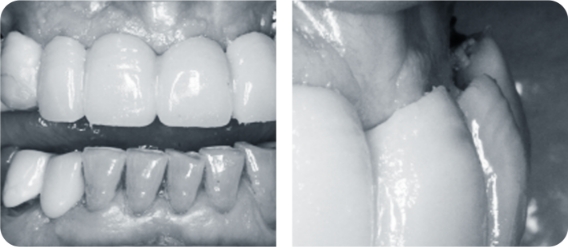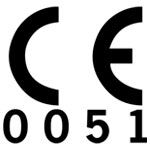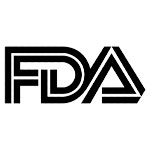Tech / BHS30 Study Cases / SUPERIOR REHABILITATION WITH UNFAVORABLE ANGULATIONS
Case Study 3
SUPERIOR REHABILITATION WITH UNFAVORABLE ANGULATIONS
The patient attends to improve the aesthetics of a previous superior prosthesis made 15 years ago. It is a screw-retained metal-ceramic prosthesis where the vestibular emergence of implants in 16, 13 and 23 makes satisfactory esthetics quite difficult to predict. Treatment with BHS30 is proposed, using retention screw channels in position 16, 13 and 23 and manufacturing a metal casted structure by using the 30° BHS30 angulated castable cylinders.


a. Initial situation of the prosthesis with severe aesthetic and functional compromise due to deterioration and misalignment of the structure.


b. After removal of the initial prosthetic structure, emergences are analyzed by the direction of the pillars and castables in the model.


c. Correction of compromised emergences with 30º angled BHS castables.


d. Manufacturing of casted prosthetic structure and passive fit testing in model and mouth.


e. Anatomic modelling on the structure and metal tests.


f. Appearance of the prosthesis once glazed and finished and BHS30 placement protocol.


g. Placement and torque appliance on the retaining screws to fix the structure in mouth.


h. Details of adjustments and vestibular emergences of the implants restored, and final result, with aesthetic and functional success due to a significant improvement in the smile line of the patient.







